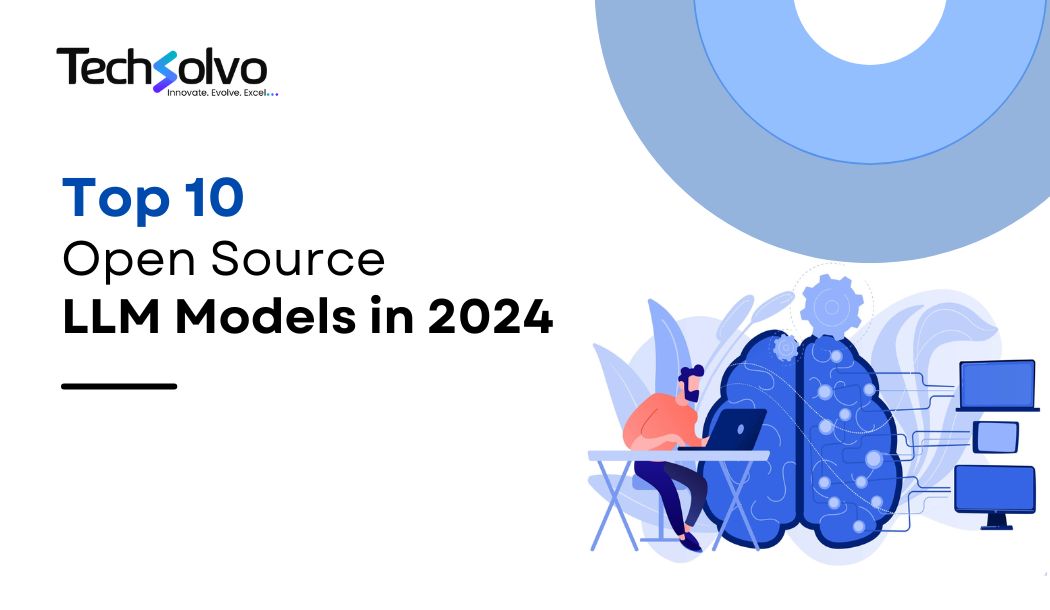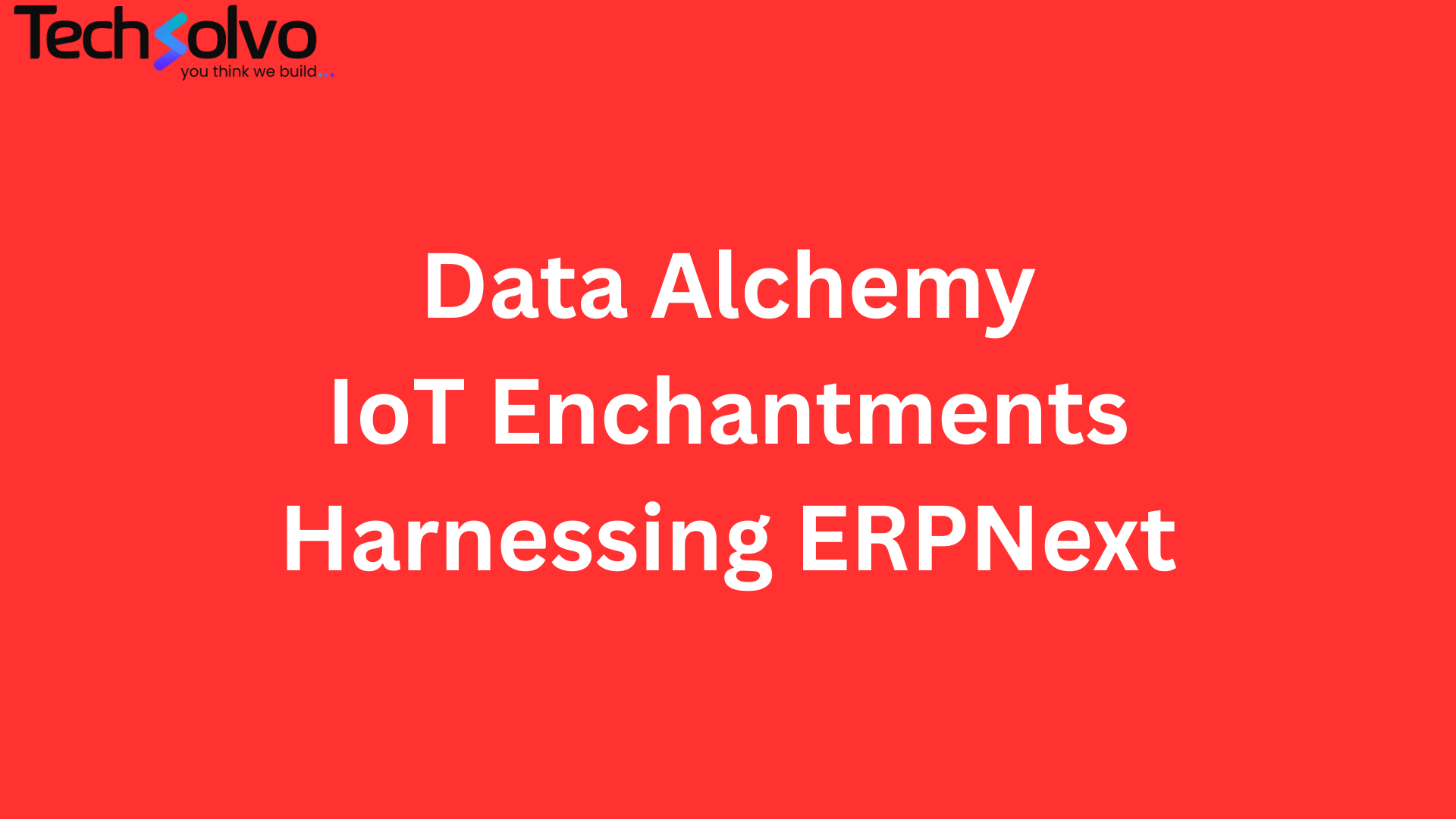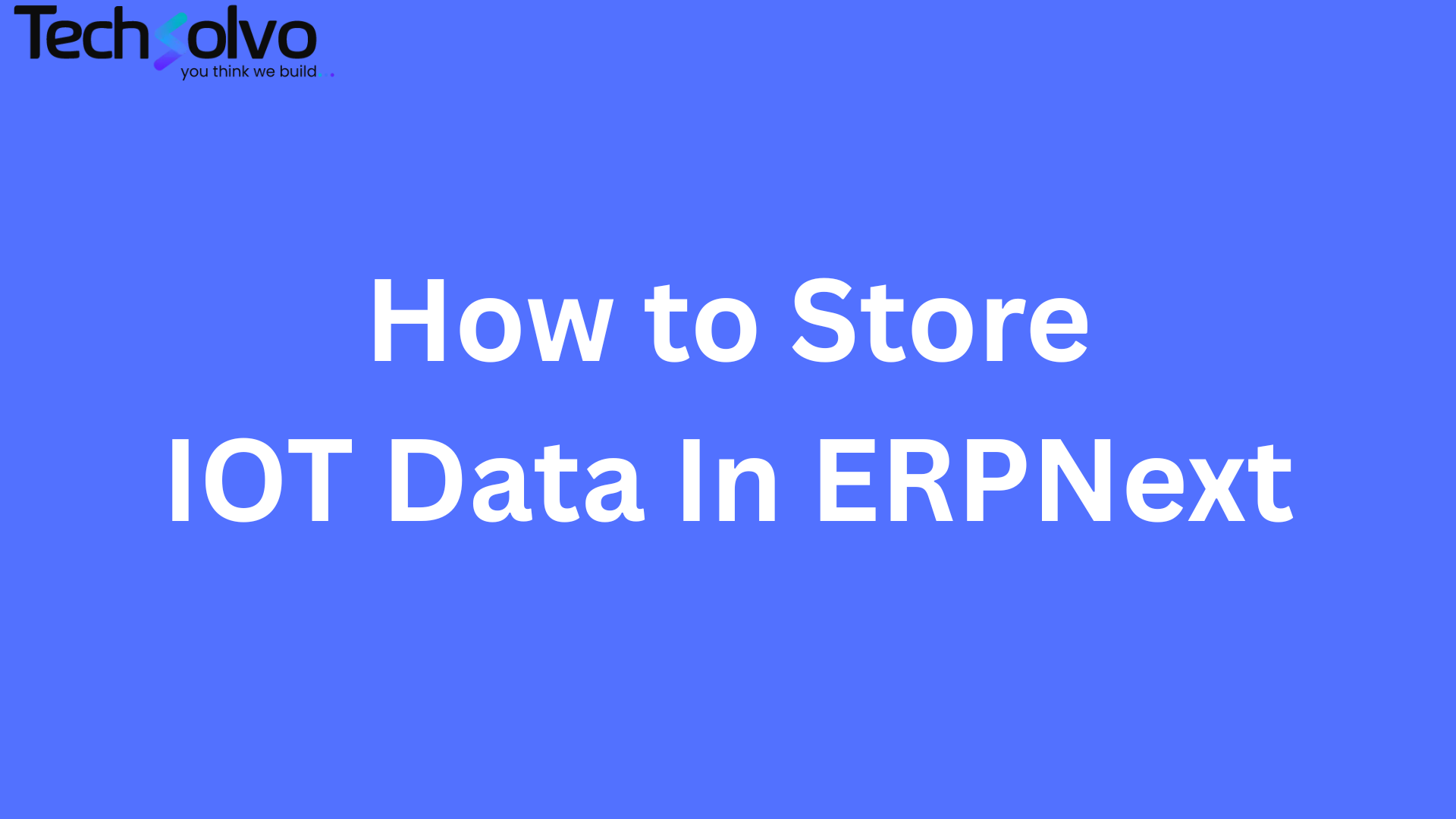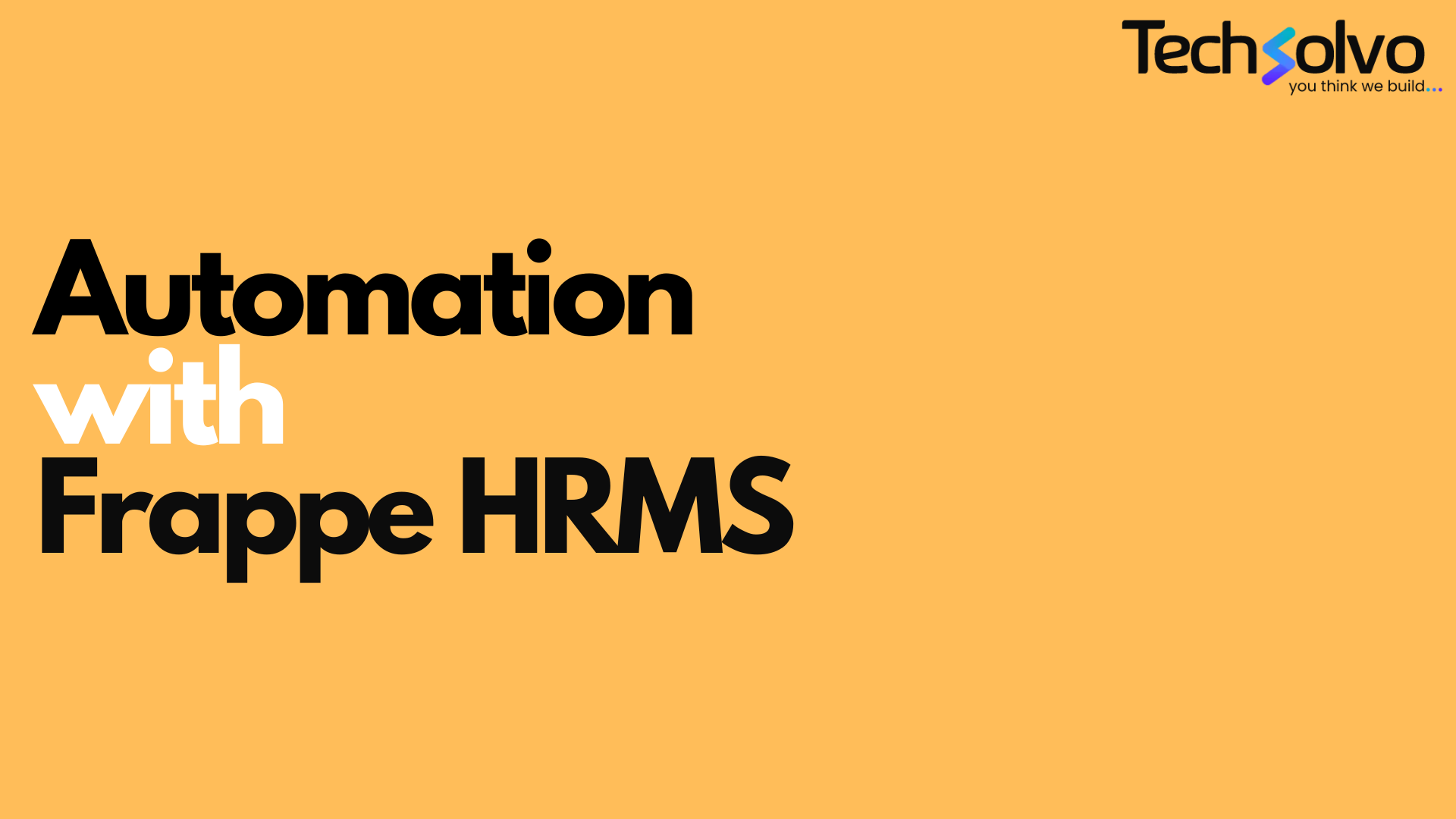
Top 10 Open Source LLM Models in 2024: Revolutionizing Natural Language Processing

Introduction to LLM Models
Large Language Models are a cornerstone of modern NLP, powering applications ranging from chatbots to automated content generation. Open-source LLMs democratize access to cutting-edge technology, fostering innovation and collaboration across the globe.
Criteria for Selection
Our selection is based on several criteria, including performance, community support, ease of use, documentation, and versatility. These models represent the best in open-source LLM technology for 2024.
Model Overviews
1. GPT-3 by OpenAI
GPT-3 remains a powerhouse in the LLM space, renowned for its ability to generate coherent and contextually accurate text. With a vast training dataset, GPT-3 excels in diverse applications from creative writing to complex problem-solving.
2. T5 by Google
Google’s T5 (Text-To-Text Transfer Transformer) is celebrated for its multitask capabilities. It reframes all NLP tasks as a unified text-to-text problem, simplifying the training process and enhancing performance across various benchmarks.
3. BERT by Google
BERT (Bidirectional Encoder Representations from Transformers) has set the standard for understanding context in NLP. Its bidirectional approach allows it to grasp the meaning of words in relation to their surroundings, making it highly effective for tasks like sentiment analysis and question answering.
4. RoBERTa by Facebook AI
RoBERTa builds on BERT’s architecture with more robust training techniques, leading to significant performance gains. It’s widely used in research and industry for its ability to handle complex language tasks.
5. DistilBERT by Hugging Face
DistilBERT offers a more lightweight and efficient version of BERT, maintaining 97% of its performance while being 60% faster. It’s ideal for applications where computational resources are limited.
6. GPT-Neo by EleutherAI
GPT-Neo is an open-source alternative to GPT-3, developed by EleutherAI. It offers competitive performance with the added benefit of being freely accessible, making it a popular choice for developers and researchers.
7. Megatron-LM by NVIDIA
Megatron-LM stands out for its scalability, capable of handling massive datasets and complex models. Developed by NVIDIA, it leverages advanced hardware and software optimizations to deliver top-tier performance.
8. XLNet by Google
XLNet improves upon BERT by incorporating autoregressive pretraining, which enables it to better capture the dependencies between words. This results in superior performance on various NLP benchmarks.
9. CTRL by Salesforce
CTRL (Conditional Transformer Language Model) allows for controlled text generation, enabling users to steer the output towards specific topics or styles. It’s particularly useful for creative applications and content moderation.
10. ALBERT by Google
ALBERT (A Lite BERT) offers parameter efficiency and improved performance over BERT by using factorized embeddings and parameter sharing techniques. It’s designed to be both powerful and lightweight.
Performance Benchmarks
These models excel across standard NLP benchmarks such as GLUE, SQuAD, and more. Their performance metrics showcase their capabilities in understanding and generating human-like text, making them invaluable for a wide range of applications.
Community and Ecosystem Support
Each of these models benefits from strong community support, with active forums, GitHub repositories, pre-trained models, and comprehensive documentation. This robust ecosystem ensures that developers can find the resources they need to leverage these models effectively.
Use Cases and Applications
From healthcare to finance, these LLMs are being used to create innovative solutions. Examples include chatbots that provide customer support, tools that generate high-quality content, and systems that analyze large volumes of text data for insights.
Ease of Use and Integration
Integration is simplified with available APIs, libraries, and tools, allowing developers to incorporate these models into their projects seamlessly. Whether you’re building a new application or enhancing an existing one, these LLMs offer flexible solutions.
Advantages of Open Source
Open-source LLMs offer cost-effectiveness, transparency, and the ability to customize and extend models. This openness encourages collaboration and accelerates advancements in the field of NLP.
Challenges and Considerations
While LLMs offer tremendous benefits, they also come with challenges such as high computational requirements and potential biases. It’s important to adopt best practices for ethical use and to optimize resources effectively.
Future Trends and Developments
Looking ahead, we anticipate continued innovation in LLMs, with new models and techniques emerging to push the boundaries of what’s possible in NLP. Staying informed about these trends will be crucial for leveraging the full potential of LLMs.
Conclusion
Open-source LLMs are transforming the landscape of NLP, making advanced language processing capabilities accessible to all. At TechSolvo, we are excited about the possibilities these models bring and are committed to helping our clients harness their power.
Call to Action
Explore these open-source LLM models and consider how they can enhance your projects. For more information and to discuss how TechSolvo can support your NLP initiatives, contact us today.
Insights
To properly understand the things that are prevalent in the industries, keeping up-to-date with the news is crucial. Take a look at some of our expertly created blogs, based on full-scale research and statistics on current market conditions.

Unlocking the Power of Data Analytics for IoT Devices with ERPNext
Explore how businesses can gain real-time insights from IoT devices using modern data ana…

How to Store IoT Data Inside ERPNext: A Complete Guide for IoT Companies
A complete guide for IoT and manufacturing companies on integrating machine-generated dat…

Automation in Human Resource Management with Frappe HRMS
Discover how HR automation with Frappe HRMS can streamline HR operations, enhance employe…
